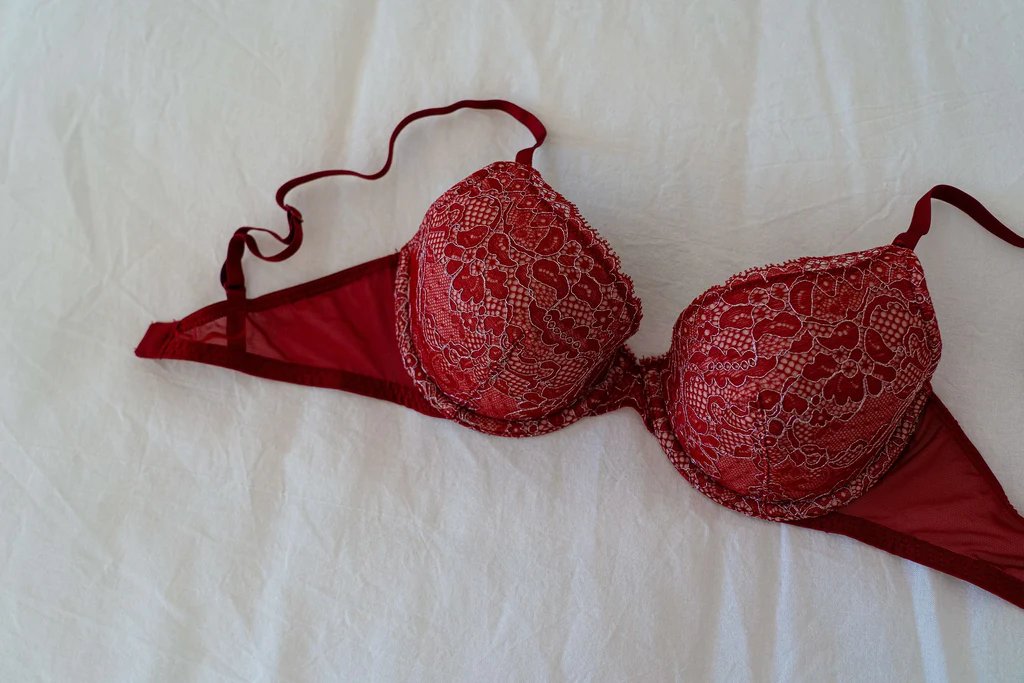What Should The Price of a Good Bra Be?

It’s difficult to find the right bra that doesn’t ride up, dig in, or sag. Anyone who has had to cope with any of these undergarment annoyances understands the importance of a well-fitting bra. So, if a wonderful bra can make the difference between comfort and suffering, why do so many of us strive to save money on a good bra?
According to a 2017 poll conducted in the United States, 65 percent of American women spend $30 or less per undergarment. Moreover, despite the fact that lingerie is a $1.87 billion industry in Canada, our bra spending habits are likely to be similar to those seen north of the border. But how much should you pay for a great bra that you won’t want to take off as soon as you get home?
“You are free to spend whatever you want,” says Haleys Dan, owner of a small bra shop in New York for more than five years. However, as the old adage goes, you get what you paid for.
The $20 bra you bought at a big-box store isn’t going to save you money. After all, if an ill-fitting, low-cost bra gets balled up and forgotten in the back of your underwear drawer, it’s a lost investment. A nice bra, according to Haley, can cost anywhere from $85 to $200 or more. Haleys is, of course, biased because her lingerie business specializes in high-end and premium European items. When I ask her what makes a higher-priced bra special, she says it’s the better construction and materials that result in a more comfortable, longer-lasting bra. The high price starts to make sense.
Assume you spend $85 over the course of a year on three high-quality bras. According to some experts, at that price range, you should be able to get 100 to 125 wears out of each bra before it starts to break down. That amounts to $255 for a year of comfort and luxury. In the meantime, a low-quality $20 bra that loses shape after a month would demand 12 purchases every year (assuming you stop wearing it once it becomes uncomfortable or shapeless). You’re not saving much money at $240, not to mention the extra effort and waste. A normal middle-of-the-road bra from a lingerie store may cost $40 or $50, last a bit longer, and require fewer repairs, but it will still fall short of the durability of a truly high-end undergarment.

Keep the following points in mind while shopping for a new bra:
Superiority in fabric
If it’s a sports bra, look for one made of high-quality fabric, such as one that wicks away perspiration. French lace is fragile, yet it is a high-quality fabric that outlasts factory-made lace.
Fitting wire
Depending on the band and cup size, a well-made underwire bra will use wire in a range of lengths and shapes. The typical chain store bra does not have it. There’s a reason why generic wire eventually starts ripping into your side. According to Haleys, it is typically due to an incorrect fit.
Stay away from the stretch.
Here’s how to know whether you’re getting a good deal: Pull on the straps and sides of the bra. If they reach too far, walk away. Stretchy cloth not only degrades more quickly, but it also does not give the same lift.
“Your bra’s support is provided entirely by the band and the side support.” “Your straps give just approximately 10% of the support,” Haleys adds. “The cloth must be taut.”
Purchase the mesh bag.
Depending on how frequently they are worn, quality bras typically last between a year and 18 months. (Look for clear signs that it’s time to part ways: the bra is uncomfortable, the lace is frayed, the cup padding has shifted or is rumpled, or it’s just too small.) It is also important to consider how well they are cared for. Take care of your bras to save money in the long term. Hand-wash and hang to dry if you have the time, or use a mesh lingerie bag and the soft cycle in the washing.
Always try it on first.
Bras are manufactured with precision. A few stitches in a slightly different spot might be the difference between a fantastic fit and a squandered investment. Even if you’ve been wearing the same brand, style, and size for years, try before you buy.

